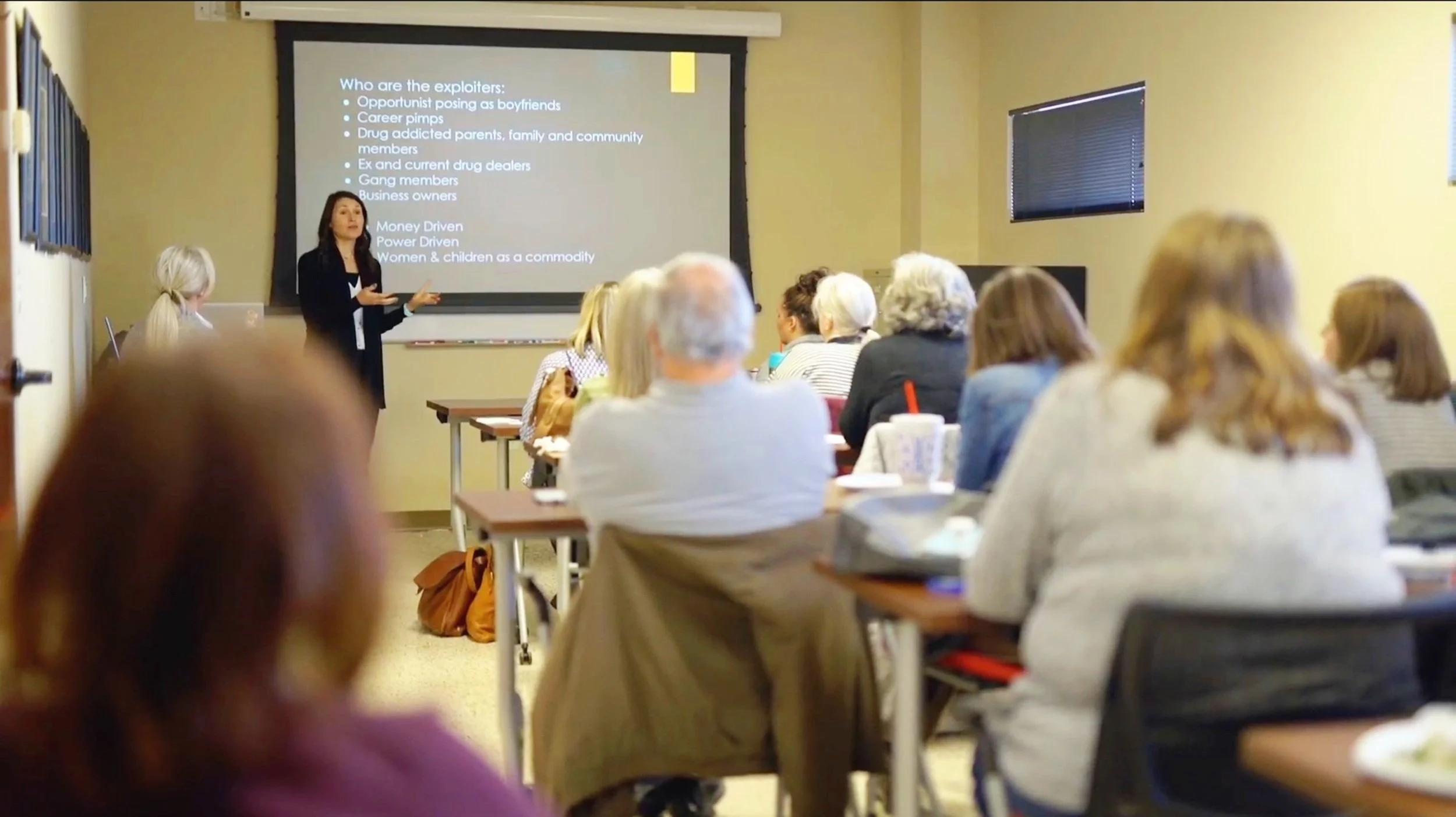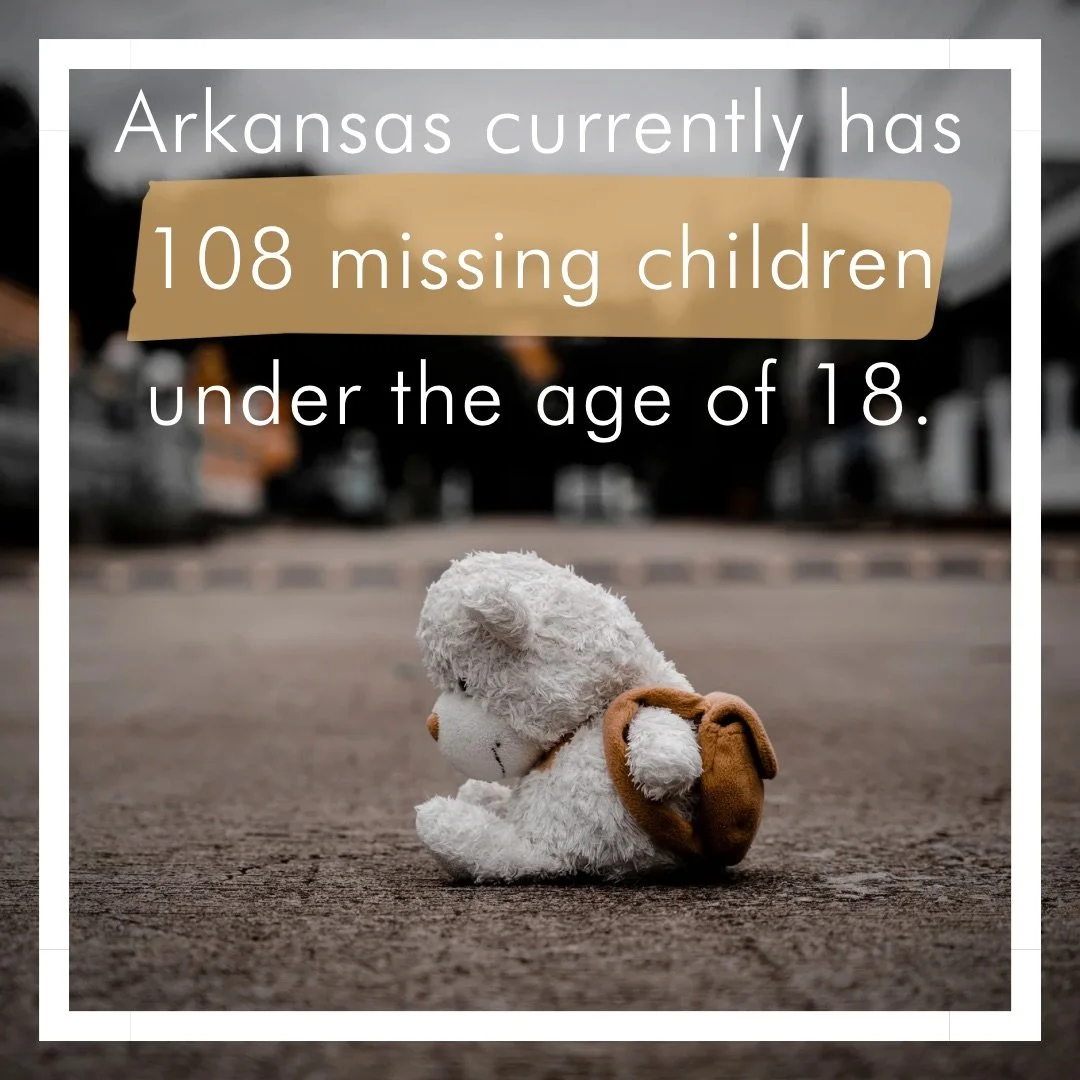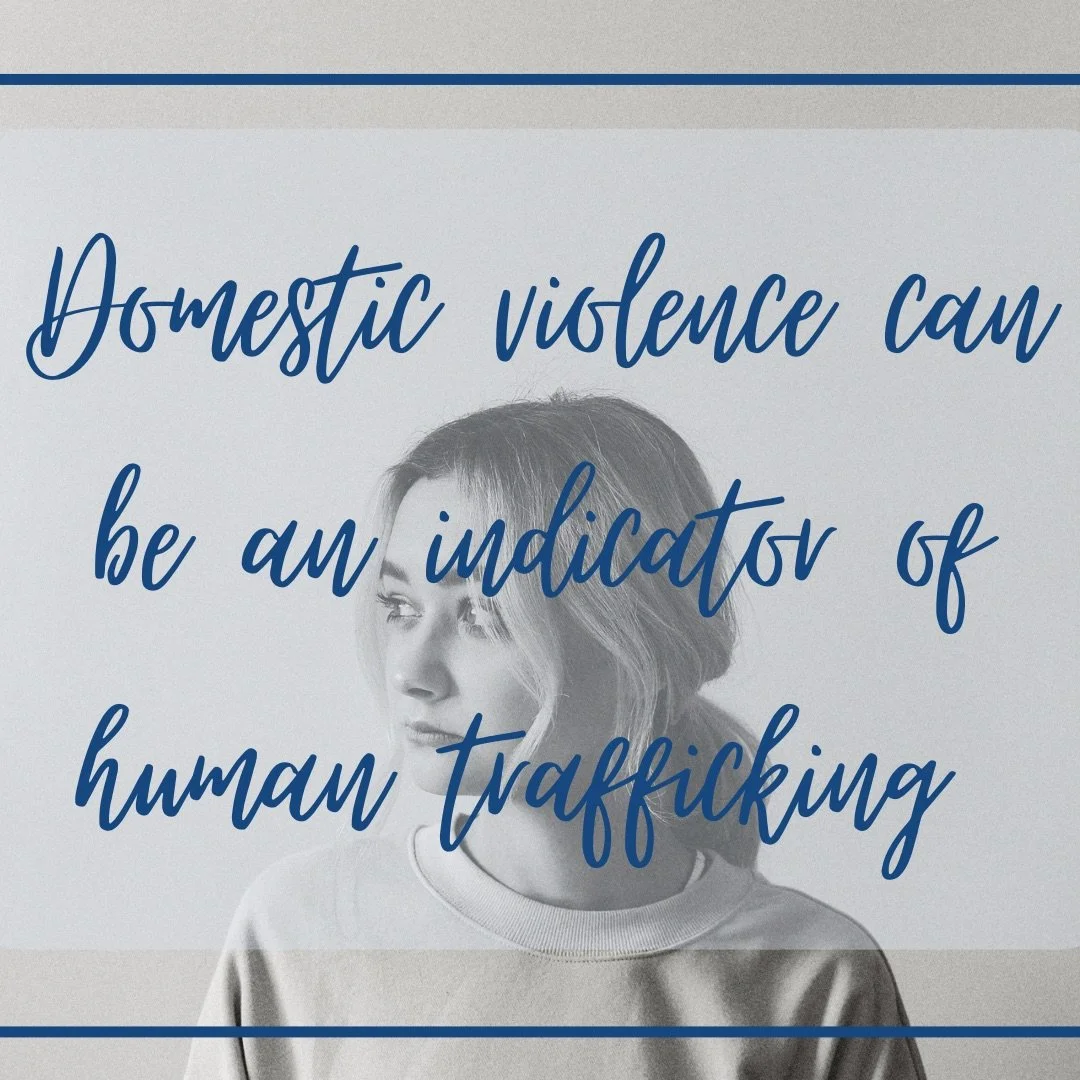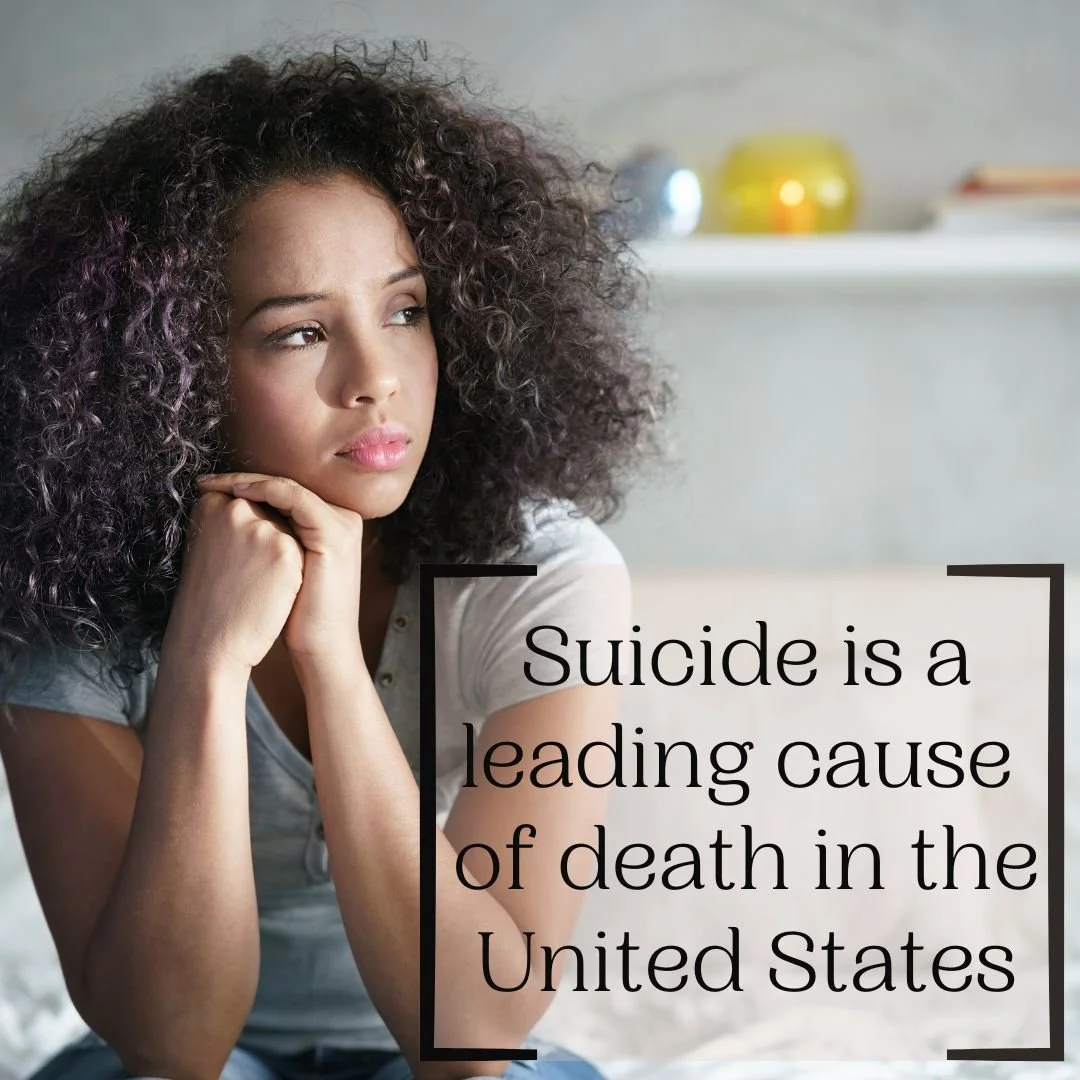Prevention Begins
With Education
Child sex trafficking hides in plain sight—fueled by misunderstanding, silence, and unmet human needs. At Into The Light, we believe that prevention begins with education. When ordinary people learn the truth, they become powerful advocates for change. On this page, we will teach you how to spot red flags that point to sex trafficking, offer tools to help you understand how trafficking happens—and what you can do to stop it. Plus you’ll have access to our blog where we publish detailed articles to broaden your understanding of what happens in the darkness of sex trafficking. Because the more we know, the more equipped we are to protect the vulnerable, expose exploitation, and bring every child into the light.
It’s hard to believe human trafficking could be happening in your neighborhood, rural area, or even family. But we’ve learned by working with survivors that sex trafficking happens even where it’s least suspected.
Recognize The Signs
Traffickers often lead with stories.
Promises of love, belonging, or opportunity are offered like lifelines—romantic relationships that feel real, jobs that seem too good to pass up. But these stories are tools of manipulation, crafted to exploit deep human needs. Knowing how to recognize these red flags is a powerful step toward prevention—and protection. We’ve collected these major signs of human trafficking from the National Human Trafficking Hotline and Homeland Security.
-
A would-be employer refuses to give workers a signed contract or asks them to sign a contract in a language they can’t read.
A would-be employer collects fees from a potential worker for the “opportunity” to work in a particular job.
A friend, family member, co-worker, or student is newly showered with gifts or money or otherwise becomes involved in an overwhelming, fast-moving, and asymmetric (e.g., large difference in age or financial status) romantic relationship.
A family member, friend, or co-worker is offered a job opportunity that seems too good to be true.
A family member, friend, or co-worker is recruited for an opportunity that requires them to move far away, but their recruiter or prospective employer avoids answering their questions or is reluctant to provide detailed information about the job.
-
A friend, family member, or student is a frequent runaway and may be staying with someone who is not their parent or guardian.
A family member, friend, co-worker, or student is developing a relationship that seems too close with someone they know solely on social media.
A family member, friend, or student lives with a parent or guardian and shows signs of abuse.
-
Appear disconnected from family, friends, community organizations, or church
Has stopped attending school
Sudden or dramatic change in behavior
Is disoriented, confused, or showing signs of mental or physical abuse
Has bruises in various stages of healing
Is fearful, timid, or submissive
Shows signs of having been denied food, water, sleep, or medical care
Indicate they want to stop selling/trading sex but feel scared, or unable to leave
Say they were pressured into selling sex
Inappropriately dressed for the situation
Lives where they work or are transported by others (guards) to workplace
Abuse or substance abuse in the home
Often with someone deferring to, or someone who seems to be in control of where they go or who they talk to
Appears to be coached on what to say
Is living in unsuitable or unstable conditions
Lacks personal possessions
Does not have freedom to leave or move without unreasonable security measures
Has new social media with older friends
3 Types of Sex Trafficking:
-
Familial
Description
-
Romeo
Description
-
Gorilla
Description
Be The Light:
Get Trained or Volunteer
Everyday people can make an extraordinary difference. When you choose to get trained or volunteer, you step into the story of prevention and healing. With the right knowledge, you’ll learn how to recognize the red flags of trafficking, respond with compassion, and refer victims to the support they need. Whether you serve through advocacy, logistics, or simply by showing up—your time becomes a beacon of hope for children who’ve been hidden in the dark. Click below to begin your journey as a trained ally or faithful volunteer. Together, we carry the light.
Blog
The Intersection of Missing Children & Human Trafficking
Arkansas currently has 108 missing children under the age of 18 and 11 of these children have been missing for over 2 years. An average of 1 in 6 runaways are likely victims of child sex trafficking.
Types of Traffickers & Tactics They Use for Child Trafficking
77% of people are trafficked in their own country. The commercial exploitation of children is a growing issue and education is a powerful tool to help prevent and fight human trafficking. There are different types of traffickers that employ various methods to recruit victims including:
Child Trafficking & Domestic Violence
Experiencing violence can have a detrimental impact on a child’s life and significantly increase their vulnerability to and risk factors associated with human trafficking.
















